Home>Gardening & Outdoor>Landscaping Ideas>How To Get Rid Of Grass In The Garden


Landscaping Ideas
How To Get Rid Of Grass In The Garden
Published: January 24, 2024
Learn effective landscaping ideas for removing grass from your garden. Discover practical tips and techniques to create a low-maintenance and beautiful outdoor space.
(Many of the links in this article redirect to a specific reviewed product. Your purchase of these products through affiliate links helps to generate commission for Storables.com, at no extra cost. Learn more)
Introduction
Landscaping enthusiasts and gardeners often encounter the challenge of dealing with unwanted grass in their gardens. While grass is a vital component of a well-maintained lawn, its presence in garden beds and other landscaped areas can be a persistent nuisance. Fortunately, there are various effective methods for removing grass from garden spaces, allowing for the cultivation of other plants and the creation of diverse, visually appealing landscapes.
Understanding the different types of grass and their growth patterns is crucial for implementing the most suitable removal techniques. Manual methods such as hand-pulling and digging are labor-intensive but can be highly effective, especially for smaller areas. Chemical solutions offer a quicker approach, but they require careful application to prevent harm to desired plants and the environment. Natural methods, including smothering and solarization, provide eco-friendly alternatives for grass removal.
Furthermore, preventing the regrowth of grass is essential for maintaining a grass-free garden. By incorporating barriers and employing vigilant maintenance practices, gardeners can minimize the reemergence of unwanted grass, ensuring the long-term success of their landscaping efforts.
In this comprehensive guide, we will explore the various types of grass commonly found in gardens and delve into the most effective techniques for removing grass. Whether you prefer manual, chemical, or natural methods, this article will equip you with the knowledge needed to reclaim your garden from unwanted grass and prevent its return, allowing you to transform your outdoor space into a flourishing and aesthetically pleasing environment.
Key Takeaways:
- Say goodbye to unwanted grass in your garden by using manual, chemical, or natural removal methods. Prevent regrowth with barriers, mulching, and vigilant maintenance for a flourishing outdoor space.
- Understand the types of grass and choose the best removal method for your garden. Embrace eco-friendly natural removal techniques like smothering and solarization for a visually appealing and sustainable landscape.
Read more: How To Get Rid Of Grasshoppers
Understanding the Types of Grass
Before embarking on the journey to eliminate grass from your garden, it’s essential to familiarize yourself with the different types of grass commonly encountered in landscaping. Understanding the characteristics and growth habits of these grasses will inform your approach to removal and help you select the most effective eradication methods.
1. Annual Grasses: Annual grasses complete their life cycle within a single growing season. They propagate through seeds, and their growth is characterized by rapid establishment and prolific seed production. Common examples of annual grasses include crabgrass and annual bluegrass. These grasses can be effectively controlled through manual removal and pre-emergent herbicides.
2. Perennial Grasses: Perennial grasses, unlike annuals, persist from year to year, spreading through underground rhizomes or above-ground stolons. This category encompasses a wide range of grass species, including Bermuda grass, quackgrass, and orchard grass. Perennial grasses often require more intensive removal methods due to their persistent root systems and regenerative capabilities.
3. Warm-Season Grasses: Warm-season grasses thrive in hot climates and enter their peak growth phase during the summer months. Examples of warm-season grasses include zoysia grass and St. Augustine grass. These grasses can be particularly challenging to remove due to their vigorous growth and resilience in high temperatures.
4. Cool-Season Grasses: Cool-season grasses, on the other hand, flourish in cooler temperatures and exhibit peak growth in spring and fall. Common cool-season grasses include fescue, bluegrass, and ryegrass. While these grasses may not spread as aggressively as warm-season varieties, they can still pose a persistent challenge in garden beds and landscaped areas.
By familiarizing yourself with the characteristics of these grass types, you can tailor your removal approach to suit the specific challenges posed by each variety. Whether you are contending with the rapid spread of annual grasses or the resilient persistence of perennial varieties, understanding the nature of the grasses in your garden is the first step toward successful eradication.
Manual Removal Methods
Manual removal of grass is a labor-intensive yet effective approach, particularly for smaller garden areas and where the presence of desirable plants necessitates precision. This method allows for the direct extraction of grass, minimizing the risk of harming surrounding vegetation and reducing the reliance on chemical solutions.
1. Hand-Pulling: Hand-pulling is a straightforward method for removing individual grass plants by grasping the base of the plant and gently but firmly pulling upward. This technique is best suited for addressing isolated patches of grass or small infestations. It is important to ensure that the entire root system is extracted to prevent regrowth.
2. Digging: For more established grasses with extensive root systems, digging can be an effective approach. Using a hand trowel or garden fork, carefully loosen the soil around the grass clump, taking care to unearth the entire root structure. This method is particularly useful for addressing perennial grasses that have spread through underground rhizomes.
3. Sod Removal: In cases where grass has encroached on garden beds or landscaped areas, cutting out sections of sod can effectively eliminate large patches of grass. Using a sharp spade, cut through the sod along the perimeter of the affected area, then lift and remove the grass and underlying soil. This method is ideal for creating clean edges and transitioning between grass and non-grass areas.
4. Overseeding and Thinning: In some instances, overseeding with desired plant species can help suppress the growth of unwanted grass. By introducing dense ground cover or ornamental plants, you can naturally crowd out grass and reduce its presence over time. Additionally, thinning out grass populations within a lawn or garden bed can limit their vigor and spread, making manual removal more manageable.
When employing manual removal methods, it’s essential to be thorough and diligent, ensuring that all traces of grass, including roots and rhizomes, are completely eradicated. Regular monitoring and follow-up removal are often necessary to address any regrowth and prevent the resurgence of unwanted grass in the garden.
Chemical Removal Methods
Chemical removal methods offer a systematic and efficient approach to eliminating grass from garden spaces. When applied with care and consideration, herbicides can effectively target unwanted grass while minimizing harm to desirable plants. It is important to select herbicides specifically formulated for grass control and to follow application guidelines meticulously to ensure optimal results.
1. Selective Herbicides: Selective herbicides are designed to target specific types of plants, making them ideal for controlling grass within a diverse garden landscape. Grass-selective herbicides, such as those containing the active ingredient sethoxydim or fluazifop, effectively suppress grass growth while sparing broadleaf plants and ornamentals. These herbicides are available in both liquid and granular formulations for targeted application.
2. Non-Selective Herbicides: Non-selective herbicides, such as glyphosate-based products, provide broad-spectrum control of vegetation and are suitable for eradicating grass in non-selective areas, such as gravel paths or empty garden beds. Care must be taken when using non-selective herbicides to avoid contact with desirable plants, as these products can cause widespread damage if not applied judiciously.
3. Pre-Emergent Herbicides: Pre-emergent herbicides act as a preventative measure, inhibiting the germination of grass seeds and the growth of young grass plants. These herbicides form a barrier in the soil, effectively suppressing the establishment of new grass. Timing is critical when using pre-emergent herbicides, as they should be applied before the onset of the grass’s active growth period to achieve maximum efficacy.
4. Post-Emergent Herbicides: Post-emergent herbicides are formulated to target actively growing grass plants. These products are available in systemic and contact formulations, with systemic herbicides translocating throughout the plant to kill the roots and contact herbicides acting on the foliage. Careful consideration should be given to the specific type of grass being targeted, as different herbicides may vary in their effectiveness against warm-season and cool-season grasses.
When utilizing chemical removal methods, it is essential to prioritize safety and environmental responsibility. Always read and follow the label instructions provided by the herbicide manufacturer, wear appropriate protective gear during application, and take measures to prevent herbicide drift and runoff. Additionally, consider alternative approaches, such as manual or natural removal methods, in areas where chemical intervention may pose a risk to sensitive ecosystems or water sources.
To get rid of grass in the garden, you can use a shovel to dig it up, or use a natural weed killer like vinegar or boiling water to kill the grass. Make sure to remove the roots to prevent regrowth.
Natural Removal Methods
For environmentally conscious gardeners seeking alternative approaches to grass removal, natural methods offer effective and eco-friendly solutions. These techniques harness the power of natural elements and processes to suppress and eliminate unwanted grass, minimizing the need for chemical interventions and promoting sustainable garden management practices.
1. Smothering: Smothering grass involves covering the affected area with a barrier that blocks sunlight and prevents grass from photosynthesizing and regenerating. Organic materials such as cardboard, newspaper, or mulch can be used to create a smothering layer. Over time, the lack of light and airflow will weaken and kill the grass, allowing for its eventual removal and replacement with desired plantings.
2. Solarization: Solarization is a natural method that utilizes solar heat to eliminate grass and other unwanted vegetation. This technique involves covering the affected area with clear plastic sheeting, which traps solar energy and raises soil temperatures to levels that are detrimental to grass growth. Solarization is particularly effective in warm climates and during the peak summer months when maximum solar heat can be harnessed.
3. Vinegar Solutions: Acetic acid-based solutions, such as horticultural vinegar, can serve as natural herbicidal agents for controlling grass. When applied directly to the foliage of unwanted grass, vinegar solutions can desiccate and kill the plants. It is important to exercise caution when using vinegar solutions, as they can also affect desirable plants if not applied selectively.
4. Manual Cultivation: Hand cultivation and regular tilling of garden beds can disrupt and weaken grass populations, making it easier to remove the plants manually. By breaking up the soil and exposing grass roots to air and sunlight, manual cultivation can gradually deplete the vigor of unwanted grass, paving the way for its eventual eradication.
When implementing natural removal methods, it is essential to consider the specific conditions and requirements of the garden space. Factors such as sunlight exposure, soil composition, and the presence of desirable plants should be taken into account when selecting and applying natural grass removal techniques. By integrating these natural methods into your gardening practices, you can effectively manage unwanted grass while promoting a healthy and sustainable garden environment.
Read more: How To Get Rid Of Crabgrass
Preventing Grass Regrowth
After successfully removing unwanted grass from your garden, it is crucial to implement measures to prevent its regrowth and maintain a grass-free environment. By incorporating proactive strategies and ongoing maintenance practices, you can safeguard your garden from the reemergence of grass, allowing your desired plants to thrive and flourish.
1. Physical Barriers: Installing physical barriers, such as edging materials or landscape fabric, can create delineated boundaries between grassy areas and garden beds. These barriers help prevent the encroachment of grass into cultivated spaces, providing a clear separation and minimizing the need for continual grass removal.
2. Mulching: Applying a layer of organic mulch to garden beds not only enriches the soil and conserves moisture but also acts as a natural deterrent to grass regrowth. Mulch inhibits the germination of grass seeds and helps smother any remaining grass rhizomes, contributing to a weed-free and visually appealing garden landscape.
3. Vigilant Maintenance: Regular monitoring and maintenance are essential for preventing the regrowth of grass. Routinely inspect garden beds and landscaped areas for any signs of grass resurgence, and promptly address any new growth using manual removal methods or targeted herbicidal treatments as necessary.
4. Optimal Planting Density: Strategically planting and spacing desired vegetation can help minimize available space for grass to establish and proliferate. By creating dense plantings and ground cover, you can naturally suppress the growth of unwanted grass and promote the dominance of desirable plants within the garden.
5. Healthy Soil Management: Maintaining optimal soil health and fertility contributes to the resilience of desired plants and diminishes the competitive advantage of grass. Regular soil testing, proper fertilization, and organic soil amendments can foster robust plant growth while creating less favorable conditions for grass reestablishment.
6. Regular Weeding and Cultivation: Incorporating regular weeding and cultivation into your garden maintenance routine prevents the accumulation of grass seeds and rhizomes, reducing the potential for regrowth. By staying proactive and diligent in managing weed populations, you can effectively control unwanted grass and maintain a weed-free garden environment.
By implementing these preventive measures and integrating them into your garden care regimen, you can sustain a grass-free landscape and create an environment where your desired plants can thrive. With attentive maintenance and proactive strategies, you can enjoy a visually cohesive and flourishing garden space, free from the persistent intrusion of unwanted grass.
Conclusion
Removing unwanted grass from garden spaces is a fundamental aspect of landscape management, allowing gardeners to create visually captivating and harmonious outdoor environments. By understanding the characteristics of different grass types and employing suitable removal methods, gardeners can reclaim their garden beds and landscaped areas from the encroachment of grass, fostering the growth of desired plants and enhancing the overall aesthetic appeal of their outdoor spaces.
Manual removal methods, such as hand-pulling, digging, and sod removal, offer meticulous and targeted approaches to eliminating grass, particularly in areas where precision and minimal disturbance are paramount. Chemical removal methods provide systematic and efficient solutions for controlling grass populations, with selective herbicides and pre-emergent treatments offering tailored approaches to grass eradication.
For environmentally conscious gardeners, natural removal methods, including smothering, solarization, and vinegar solutions, present eco-friendly alternatives that harness the power of natural elements to suppress unwanted grass. Furthermore, implementing preventive measures, such as physical barriers, vigilant maintenance, and healthy soil management, is essential for preventing the regrowth of grass and maintaining a visually cohesive and thriving garden environment.
By integrating these diverse removal and prevention strategies into garden care practices, gardeners can cultivate landscapes that reflect their vision and creativity, free from the persistent intrusion of unwanted grass. Whether through manual labor, strategic chemical applications, or natural interventions, the successful removal of grass empowers gardeners to curate vibrant and flourishing outdoor spaces that inspire and captivate all who encounter them.
With a comprehensive understanding of grass removal methods and a commitment to ongoing maintenance, gardeners can transform their outdoor spaces into havens of natural beauty and diversity, where the presence of unwanted grass is effectively managed, allowing the true essence of the garden to thrive.
Frequently Asked Questions about How To Get Rid Of Grass In The Garden
Was this page helpful?
At Storables.com, we guarantee accurate and reliable information. Our content, validated by Expert Board Contributors, is crafted following stringent Editorial Policies. We're committed to providing you with well-researched, expert-backed insights for all your informational needs.
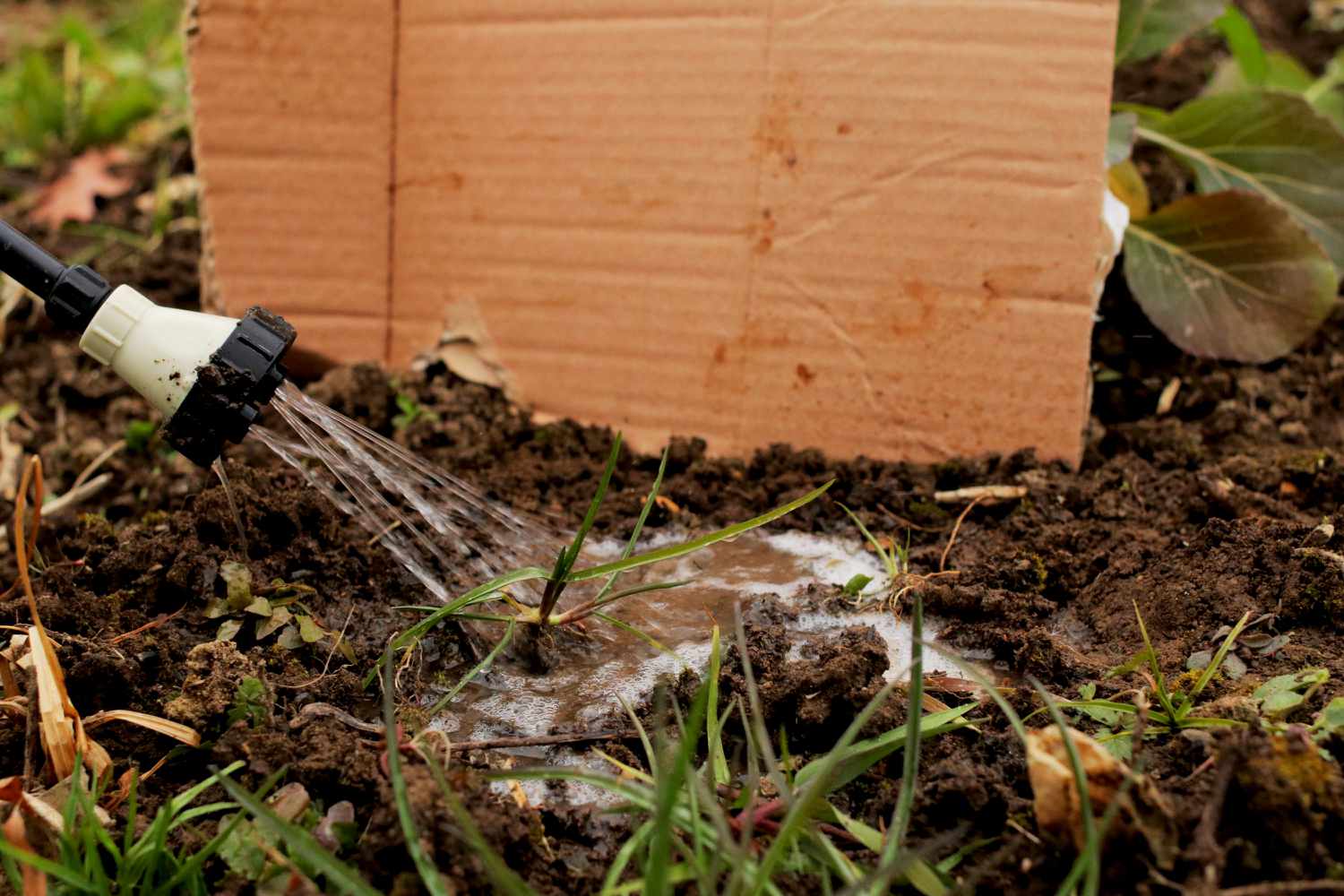
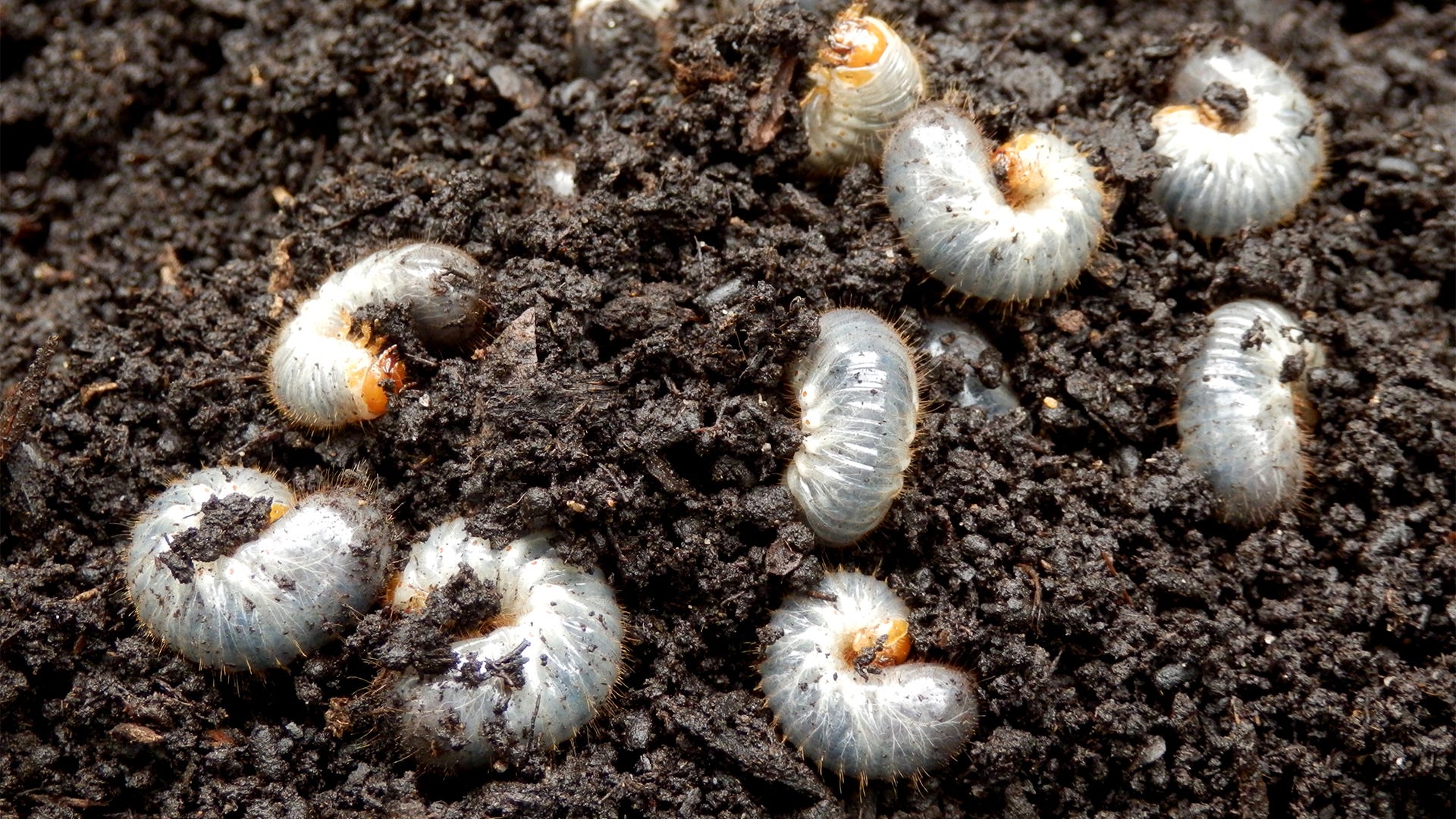

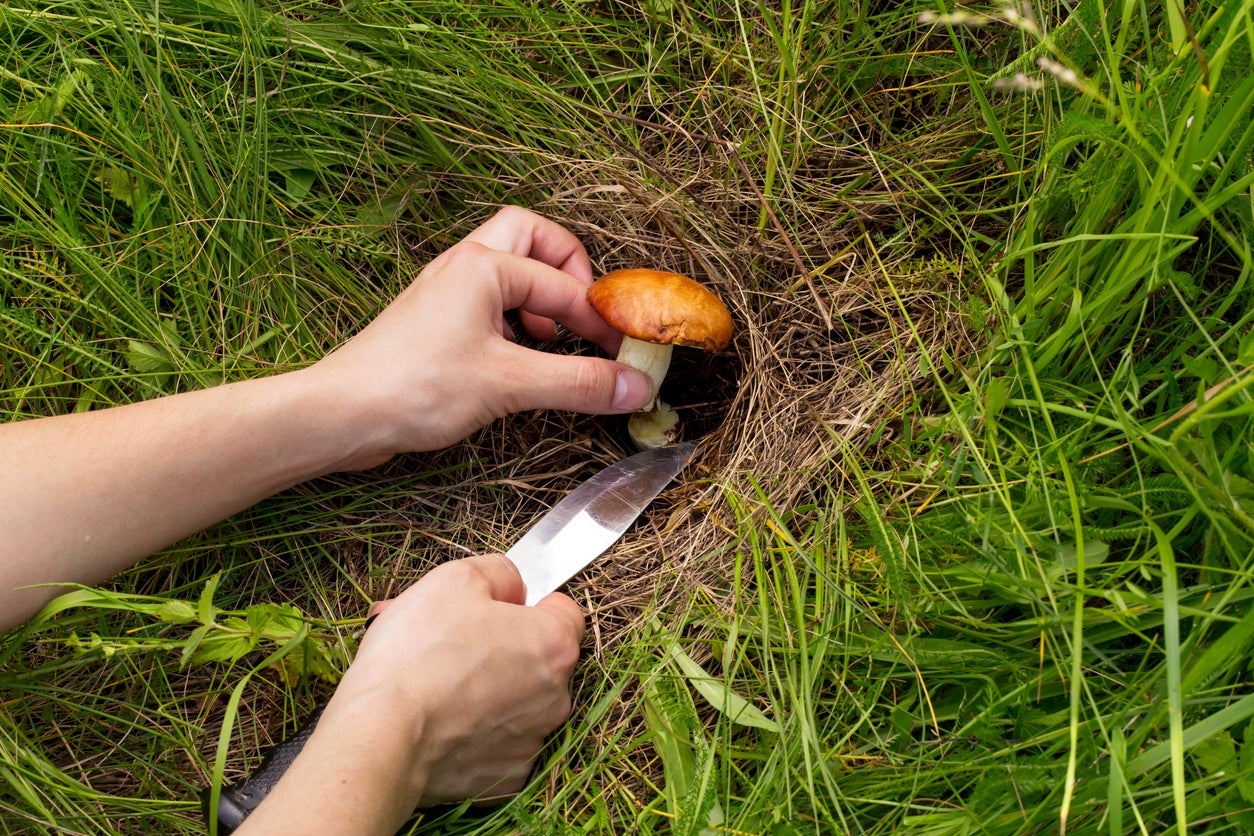
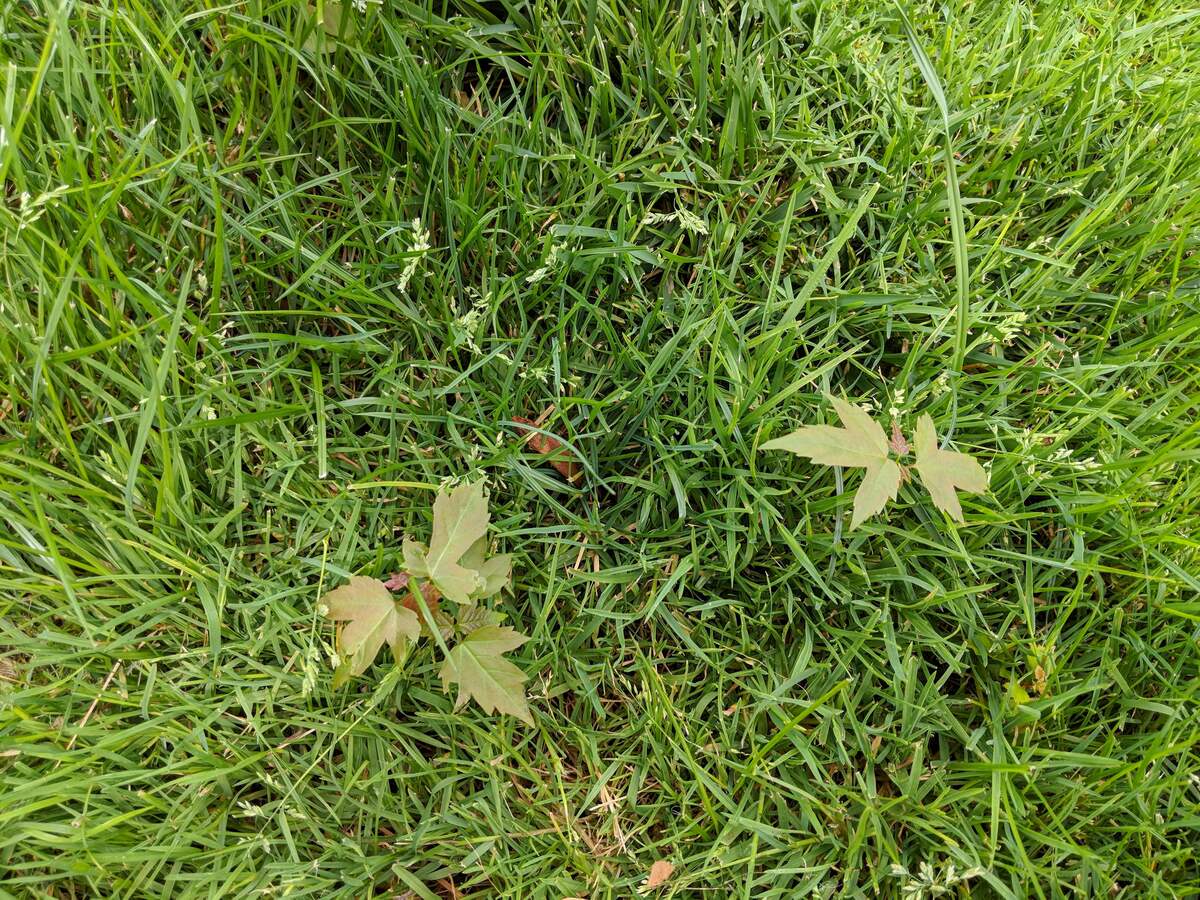
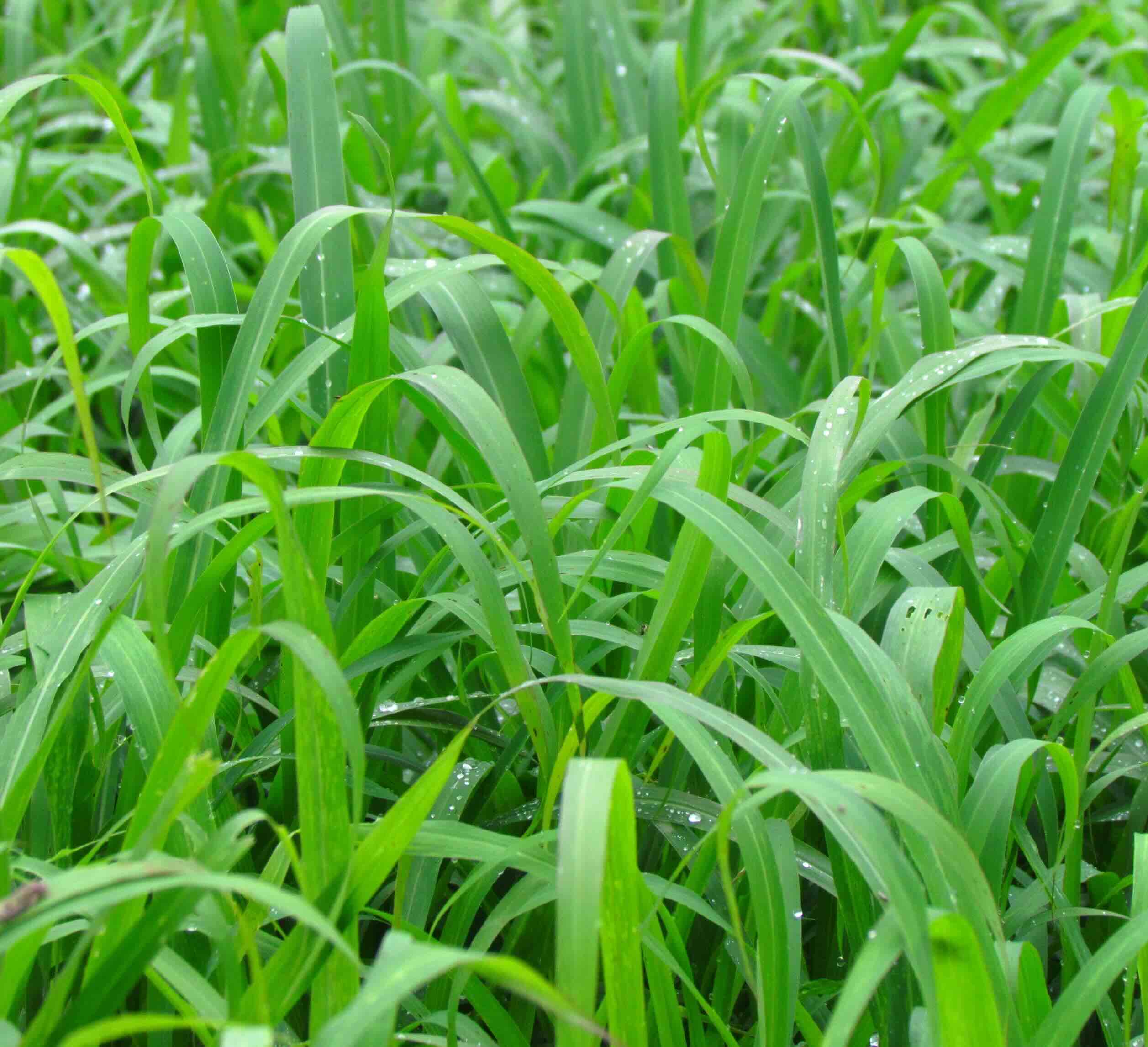

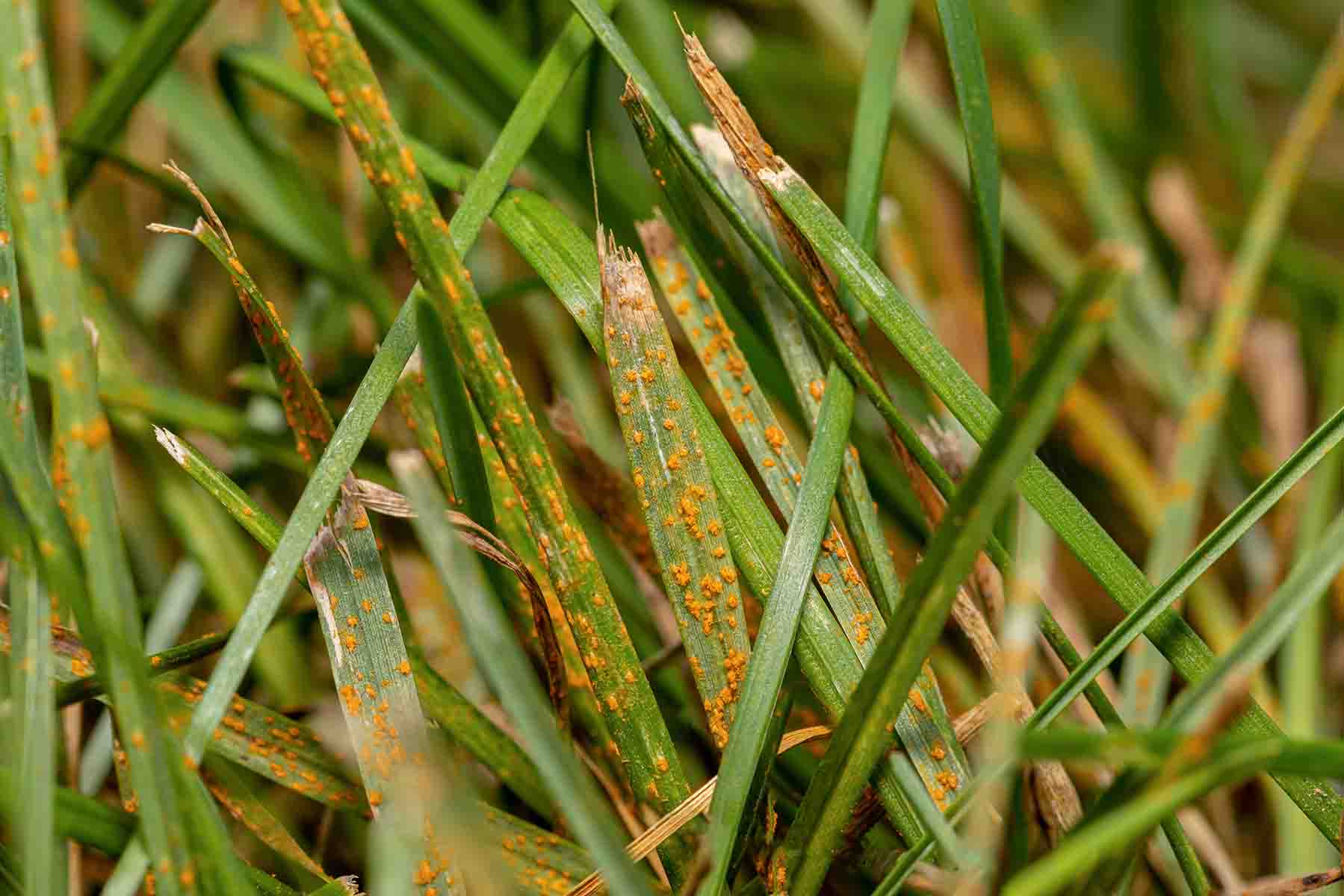
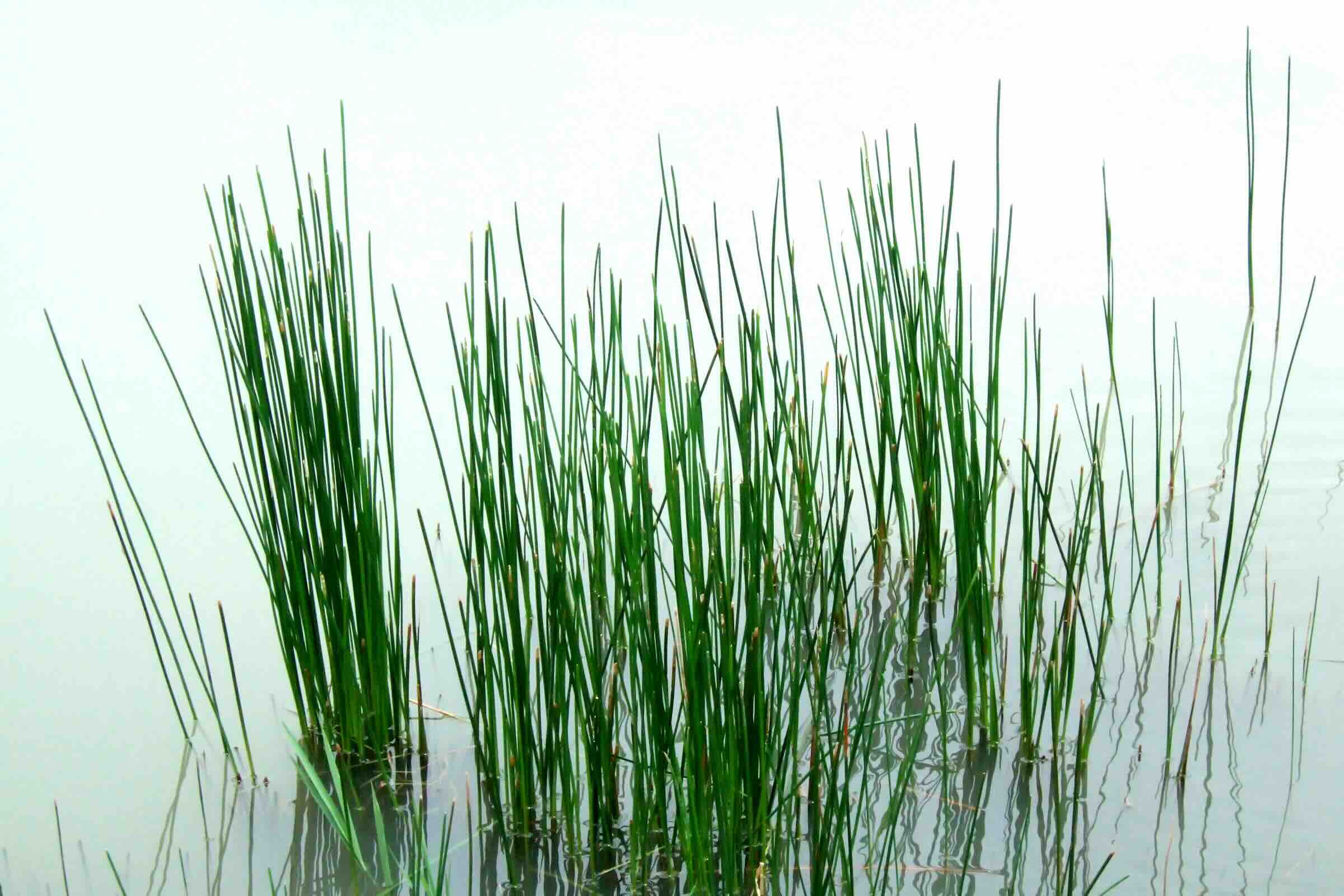
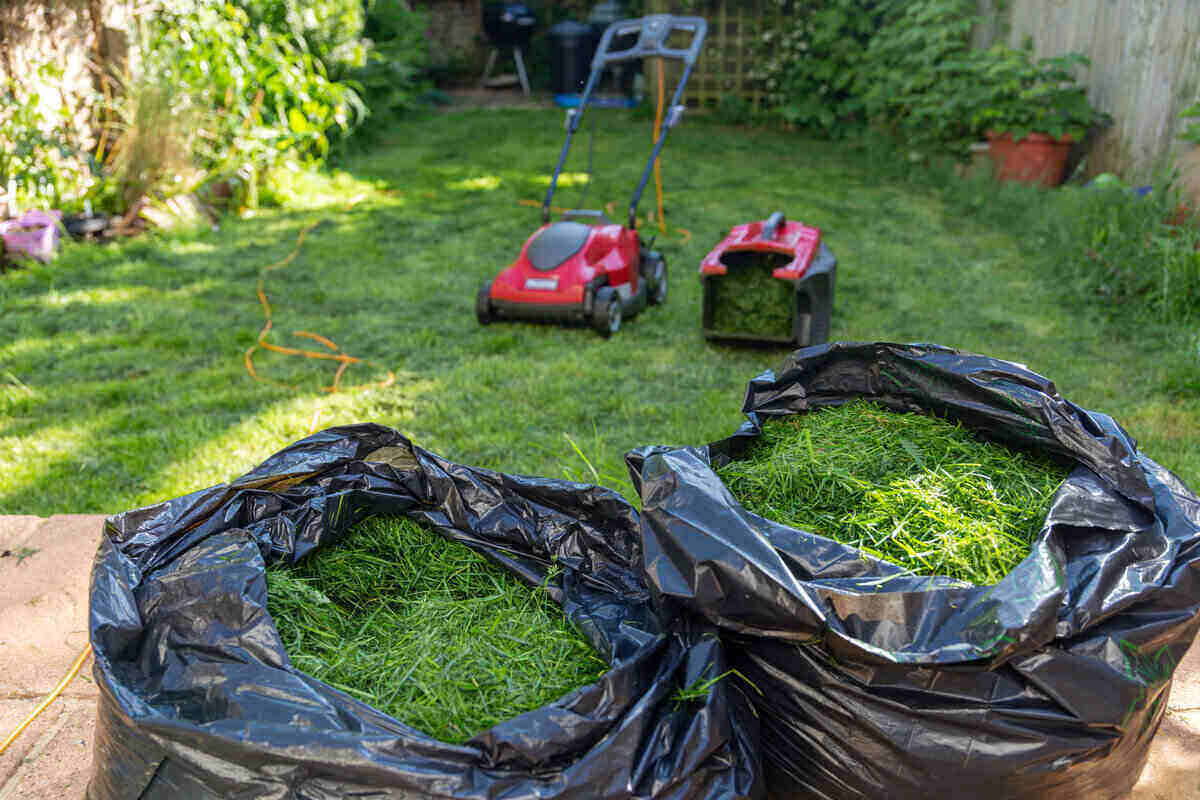





0 thoughts on “How To Get Rid Of Grass In The Garden”